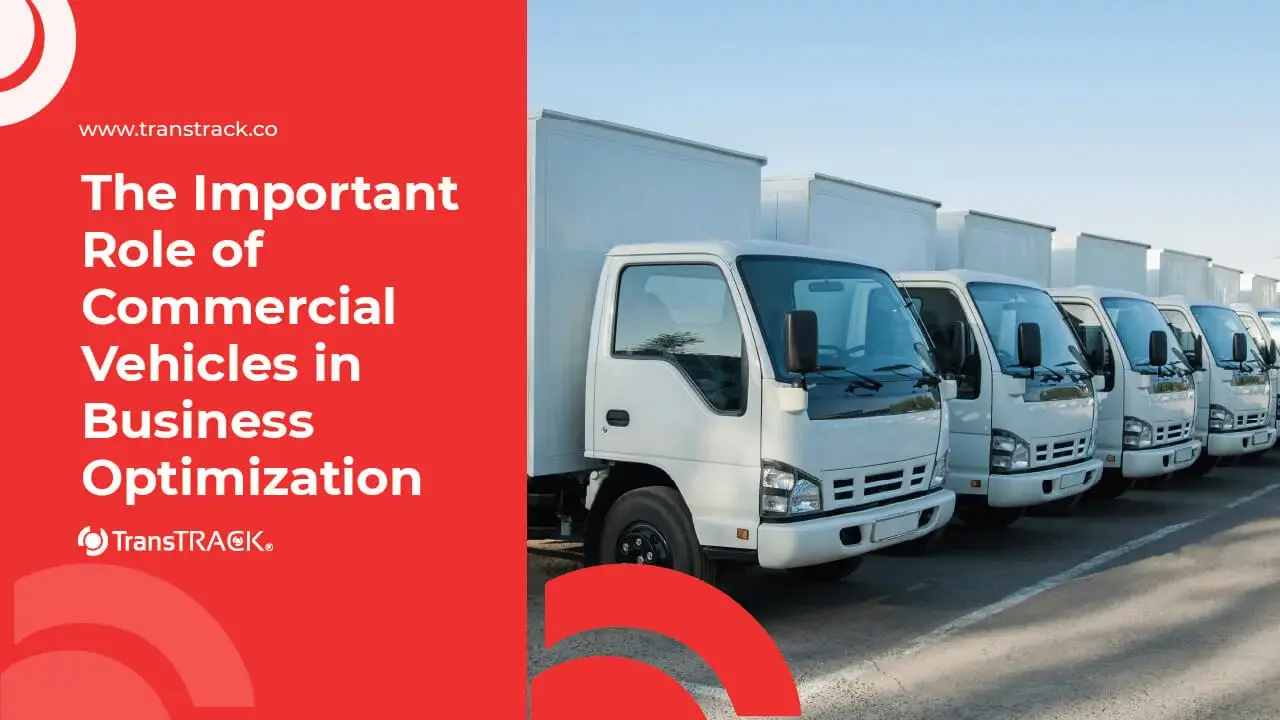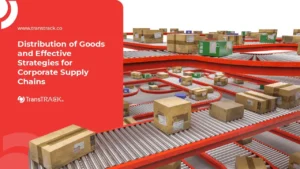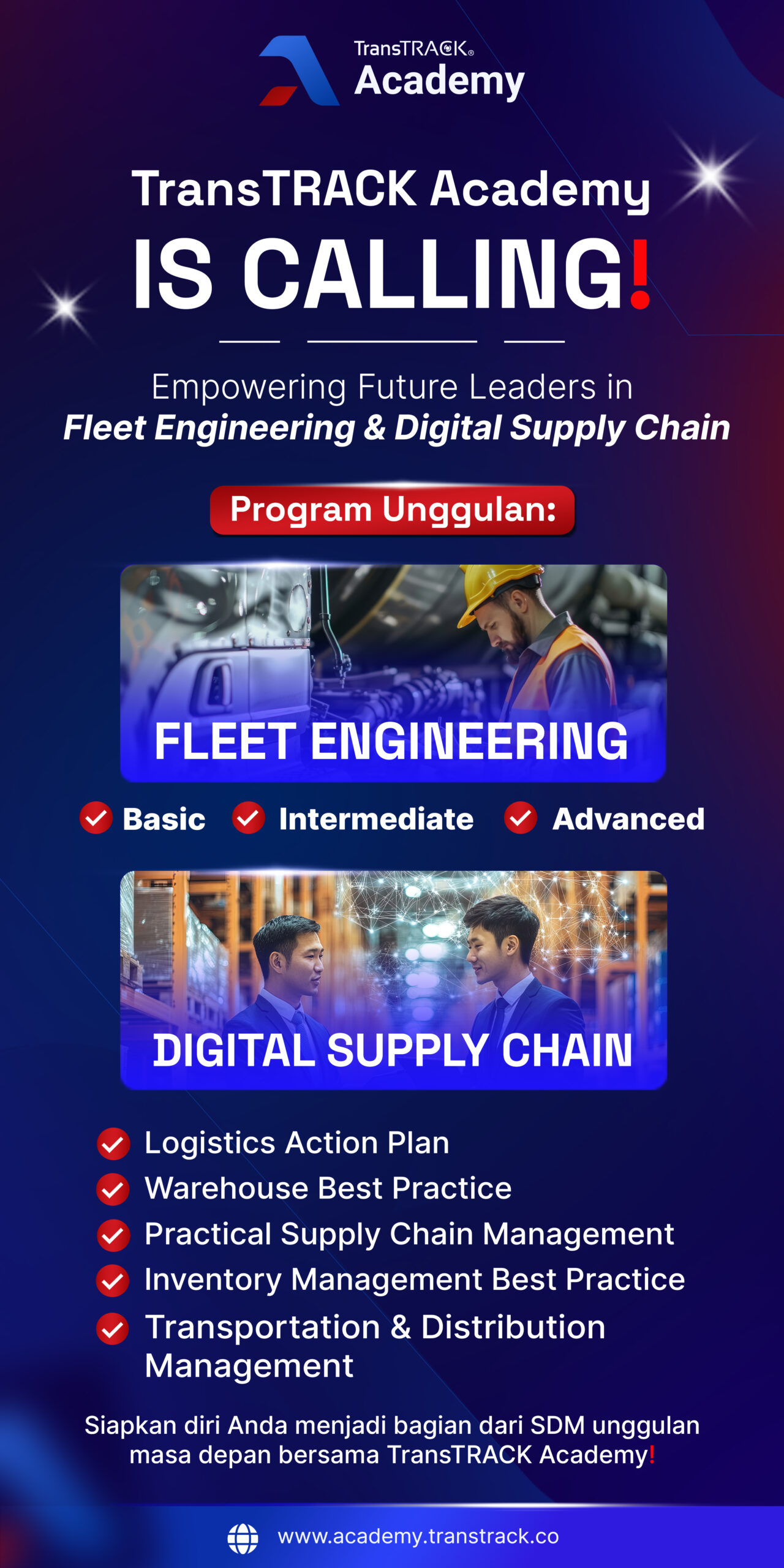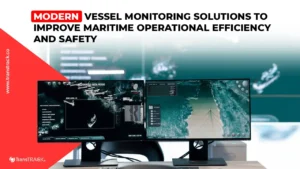The Important Role of Commercial Vehicles in Business Optimization
Posted on May 5, 2025 by Nur Wachda Mihmidati

In an increasingly competitive and dynamic business world, operational efficiency is the key to success. One important element that often becomes the backbone of business activities is commercial vehicles. Whether used for goods distribution, passenger transportation, or field operations, commercial vehicles play a major role in ensuring a smooth supply chain and business mobility.
Along with the development of technology, commercial vehicles now function not only as a means of transportation, but also as part of a smart and integrated management system. This article TransTRACK will discuss the types of commercial vehicles, their functions in the business world, and modern technology that supports their optimal management.
What is a Commercial Vehicles?
A commercial vehicle is a type of vehicle that is designed and used for commercial or business purposes, not for personal use. Its main purpose is to transport goods, passengers, or run business operations. These vehicles are usually used by logistics, transportation, construction, mining, agriculture, and other sectors.
Types of Commercial Vehicles
Commercial vehicles fall into several categories based on their carrying capacity, function, and scale of operation. Each type is designed to meet specific business needs, ranging from light intra-city deliveries to heavy cross-region distribution and specialized industrial uses. Here are the general classifications of commercial vehicles:
1. Light Commercial Vehicle (LCV)
Light Commercial Vehicle Used for the transportation of goods or passengers on a small to medium scale. Suitable for city or short-distance operations.
Example:
- Pickup: open vehicle for light loads.
- Van: enclosed, ideal for light logistics or e-commerce delivery.
- Minibus: used for passenger transportation, such as travel or employee shuttle.
2. Medium Commercial Vehicle (MCV)
Medium Commercial Vehicle Has a medium load capacity and is often used for distribution between cities or regions with standard terrain.
Example:
- Light-duty truck: such as an ankle truck or CDD (Colt Diesel Double) truck.
- Box Truck: closed-body trucks, often used for retail and FMCG deliveries.
3. Heavy Commercial Vehicle (HCV)
Heavy Commercial Vehicle Designed to transport large, heavy loads or across rough terrain. Used in large logistics, mining, and construction sectors.
Example:
- Big Truck: such as a tronton truck or Fuso.
- Trailer: an articulated truck for loading containers or large items.
- Dump Truck: a truck that transports mining or construction materials (sand, stone, soil).
4. Specialized Commercial Vehicle
Vehicles with Specific Functions Built or modified for specific operational needs in specialized industries.
Example:
- Reefer Truck : for transporting frozen goods or fresh produce.
- Tank Truck: for carrying liquids such as water, fuel, or chemicals.
- Crane Truck: a truck with a crane arm for construction or heavy loading and unloading purposes.
The Function of Commercial Vehicles in the Business World
Commercial vehicles play an important role in supporting various business activities and industrial operations. With various carrying capabilities, these vehicles become the backbone in the distribution, mobility, and service processes. Here are some of the main functions of commercial vehicles in the business world:
- Goods Distribution and Logistics Used to transport products from warehouse to store, from port to customer, to e-commerce delivery.
- Passenger Transportation Services Such as city transportation (angkot), inter-city travel, or tourist buses that serve community mobility on a commercial basis.
- Project and Industrial Operational Cars Vehicles used to support field activities such as in the construction, mining, plantation, or infrastructure project sectors.
How to Choose the Right Commercial Vehicle?
Choosing the right commercial vehicle is crucial for operational efficiency and business sustainability. Each type of business has different needs, so vehicle selection must consider various technical and economic aspects. Here are some factors to consider:
- Business Needs Determine whether the vehicle will be used for transporting goods, passengers, or special purposes such as refrigeration or tanks.
- Transport Capacity Choose a vehicle with a load capacity according to the volume and average weight of the goods/passengers being transported to avoid overcapacity.
- Type of Operating Terrain For rough terrain such as mines or plantations, choose a vehicle with high durability and large ground clearance. For urban areas, an agile and fuel-efficient vehicle is ideal.
- Fuel Efficiency and Consumption Consider fuel efficiency, especially for daily operations with high mileage.
- Ease of Maintenance and Spare Parts Choose a brand or model that has a good workshop network and spare part availability.
- Operational and Ownership Costs Calculate the total cost of ownership, including purchase price, taxes, operational costs, and depreciation.
- Regulations and Legalities Ensure the vehicle meets legal requirements such as STNK, KIR, and special licenses if needed.
Modern Technology in Commercial Vehicles
To improve operational efficiency, safety, and transparency, commercial vehicles are now equipped with various advanced technologies. TransTRACK provides a complete solution for fleet digitization and automation through the following features:
GPS and Fleet Management System
GPS technology enables real-time tracking of vehicle positions, monitoring routes, speeds, and travel times.
TransTRACK provides a GPS-based fleet management system integrated with a monitoring dashboard, helping businesses optimize routes, reduce fuel, and increase productivity.
Advanced Driver Assistance System (ADAS)
ADAS includes safety features such as collision warning, lane departure warning, and automatic braking systems.
With TransTRACK’s ADAS solutions, companies can minimize the risk of accidents and improve driver and asset safety.
Driver Monitoring System (DMS)
The Driver Monitoring System detects driver behavior such as drowsiness, playing mobile phones, or being unfocused while driving.
TransTRACK uses AI-based DMS technology to analyze driver behavior in real time and provide notifications or reports to management.
Digitalization of Fleet Reports and Maintenance
Vehicle report management is now digitized, including service schedules, parts replacement, and damage tracking.
TransTRACK facilitates the digitization of fleet management with an automated reporting system, maintenance reminders, and comprehensive vehicle data integration.
Commercial vehicles are a vital element in the operations of various business sectors, ranging from logistics, passenger transportation, to industrial projects. By understanding the types, functions, and technologies available, companies can manage their fleet more effectively and efficiently.

To maximize the performance and monitoring of your commercial vehicle fleet, use TransTRACK’s Fleet Management System. With integrated technologies such as GPS tracking, ADAS, DMS, and maintenance digitization, TransTRACK helps you reduce operational costs, improve safety, and accelerate data-driven decision-making.
Increase efficiency and take control of your fleet now with TransTRACK!
Recent Post
Topic :
Recommended Articles

 Bahasa Indonesia
Bahasa Indonesia







